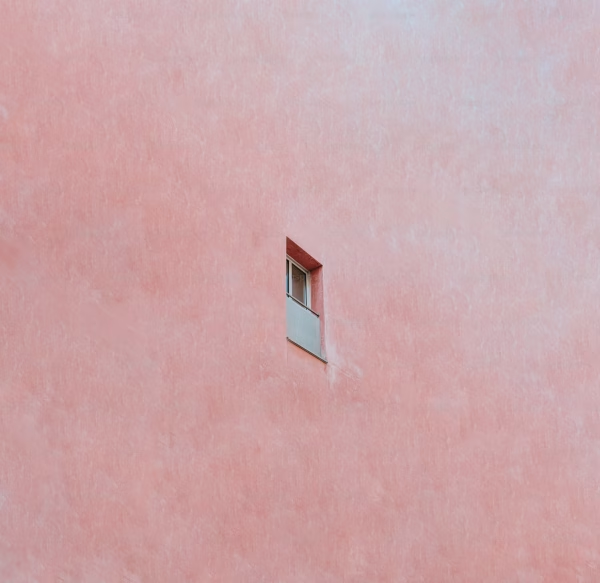Coding Clubs Spark Interest Among Boys and Girls Alike
Tiffany Tran (9, left) and Kyla Ulug (7) attempt to run Tran’s Python program, The Gay Agenda.
Prior to the 2018-19 school year, UPA was a notable exception to the long list of Silicon Valley high schools with computer science clubs.
That changed starting this school year, as UPA has doubled its computer science learning opportunities.
In addition to the existing Intro to Computer Science and AP Computer Science courses, UPA now offers a Coding Club and a Girls Who Code Club to students as extracurriculars.
The clubs allow students to discover their interest in Computer Science before they enroll in the courses offered by the school.
“It seems like most [members] are interested in getting into those classes,” said freshman Jonathan Joseph, president and founder of the Coding Club. “Maybe 6 or 7 people, like 60% of people who actually go to the meetings.”
Joseph himself is interested in taking AP Computer Science and helps other students work towards that goal, too.
“I had quite a few people come, just because they realized that they needed prior coding experience to get into AP Computer Science,” he said, “so they thought they could use my club for that.”
Joseph started the club because he wanted to help others learn to code. He originally found enjoyment in teaching Python at Pearl Library last spring and wanted to talk to others who code. Finding a lack of such students, Joseph decided to teach coding to spread his interest amongst the student body.
With that, he recruited freshmen Eric AhSue and Joseph Shem to teach video game development and website design in his club.
In contrast to Coding Club, Girls Who Code is dedicated to closing the gender gap in computer science at UPA, which according to freshman Janessa Ulug, president of Girls Who Code, is very significant.
“Last year, I wanted to join the robotics club, and I noticed that it was almost all boys,” Ulug said, “so I was kind of nervous to join, and I didn’t end up joining.”
Ulug believes Girls Who Code is helping close that gender gap, with 15-20 girls every Tuesday after school in Oberlin completing tutorials and learning to code.
“I do think the demographic is getting better in my Intro and AP classes,” computer science teacher and Girls Who Code adviser Nicole Sebek said. “I’ve noticed that’s something we struggle [with] at UPA: to get recruitment from non-stereotypical genders.”

Senior Ishan Madan begins his second year in Aquila as its web editor, tying in directly with his aspirations to study computer science, enter the tech...










